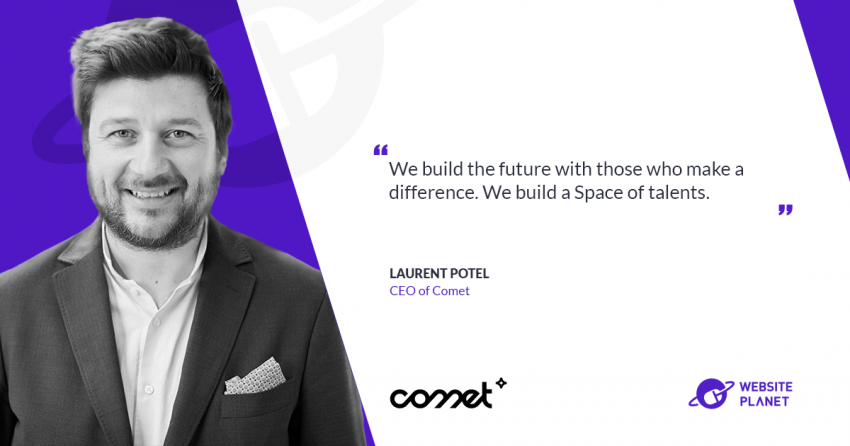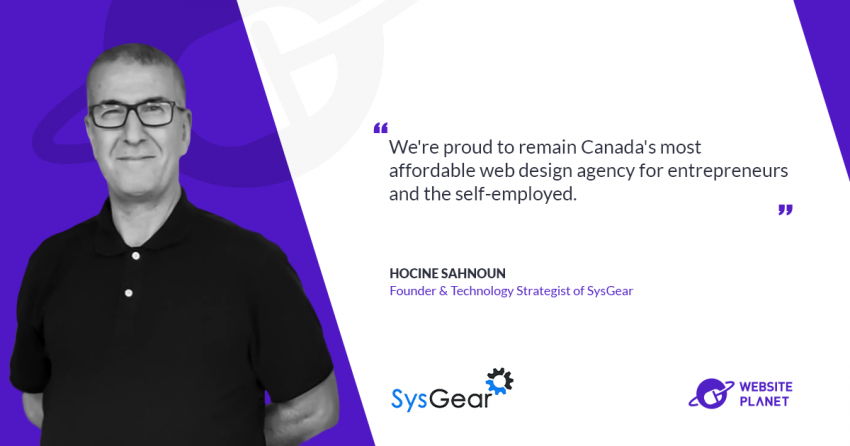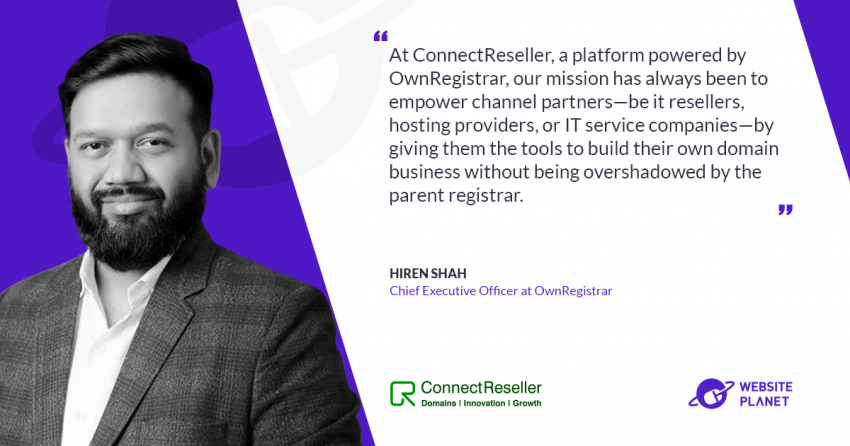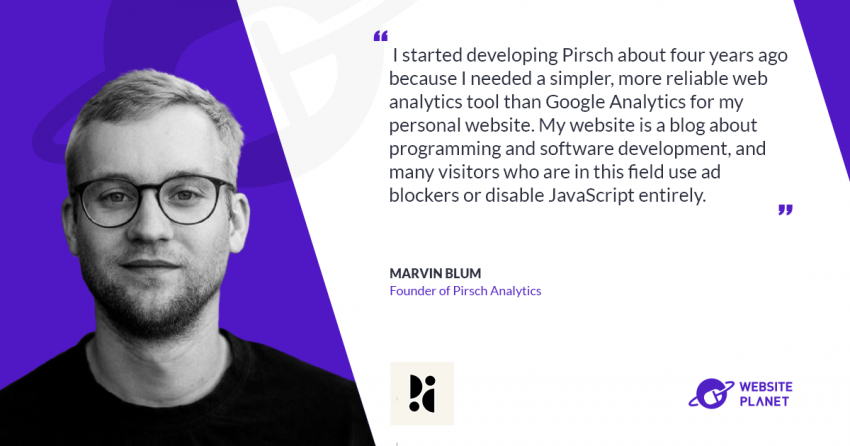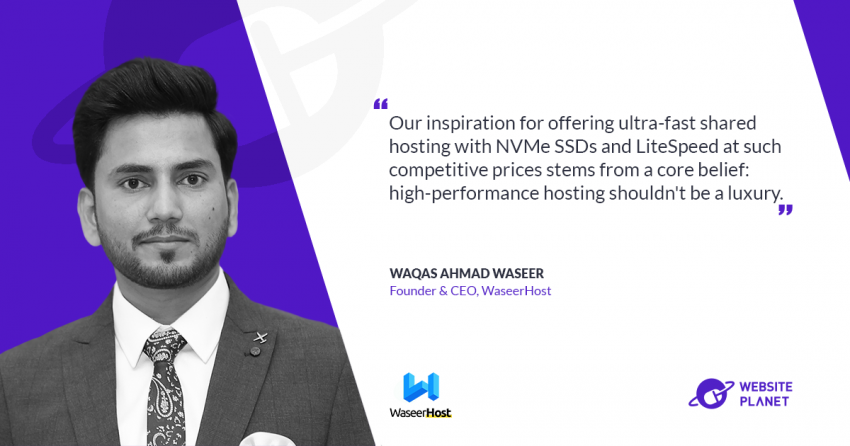The importance of good design cannot be overstated and getting to know more about the labor is a privilege. We interviewed Jeff Schader, CEO and Creative Director of The Skins Factory, an award-winning, UI/UX Design Agency that has more than two decades of experience and beautiful work to show. Check out the interview below.
You’ve been working as a designer for digital applications for more than two decades. What has changed since your start?
Over the past 2 decades there have been huge, evolutionary changes in the visual design language for application design. The last big evolution took place when Jony Ives took over from Scott Forstall at Apple. Skeuomorphism (a tactile-looking real world design language) was no longer the trend and Android Materials, iOS and Windows 9 or 10 went over to a flat, 2D design language.
This sparked more competition, something we had very little of in the first decade. Now every single web designer thought they were now app designers, because they could handle dealing with the flat design language even though they didn’t know the fundamentals of usability or user experience design. While a browser application is a website, a website is not necessarily a browser application. Standard web design is more of an information center, while a browser application is a productivity app lives in the browser environment.
What stayed the same for two decades?
One thing that hasn’t nor will change for us as a design studio, is our desire to constantly compete with ourselves as designers. Our passion for design has never wavered throughout the last 21+ years. Imagine getting up every day loving what you do, with the same passion and focus you had when you started over 21 years ago. We have also kept our same core principle, which is to focus on usability. You shouldn’t have to read a manual to use an application.
You won awards and worked with great companies as clients in your trajectory. To what do you attribute that success?
Being consistent with quality is important. We’ve always tried to outdo what we’ve done before. It’s about not being complacent, and never just dialing it in. Every project is somebody trusting you with their product or service and paying you for that privilege, and that’s something that we take very seriously.
I’ve often said in interviews that I believe good design comes down to having good taste. You can know all the mechanics of design, but if you don’t know what looks good, you’ll create mediocre work. If you don’t know what colors go well together, or just don’t know what people want, I think that will be detrimental to your quality and output.
The Windows Vista sidebar gadget is one of your works. What are your Top 3 or 5 best works or the works you’re most proud of?
The Windows Vista gadget and the Quicksilver Windows Media Player are both important parts of our history. Both were shipped on Windows Vista and Windows 7, which meant that, if you look at the licenses, our work was sitting on over a billion PCs worldwide. So that’s a sense of pride for us. The Vista gadget you mentioned, was demoed by Bill Gates at one of the Professional Developers Conferences (PDC). When you ask me what’s our best work it’s a lot like trying to choose which of your children you love the most. They’re all equally important to us.
The most recent project we did, the HODLIT cryptocurrency exchange platform for mobile, is a personal favorite. I think just everything about it works. It’s got that dark Jedi feel to it and then the colors just pop off that… I think it’s a great piece of work. Also, the Intel project which was done in 2008 still holds up and it’s what, 14 years later?
Can you explain to us the 4 stages of the design process?
Yes. Before you start, you have to know what you’re designing, so there’s always a discovery period where we’ll talk with the stakeholders, which is the client. We may look at their competitors to see what they’re doing well and what they’re not doing well, and then we’ll have internal meetings to go over the documentation.
Once we do that, if the project is a redesign we’ll go right into comp mode, where we’ll start trying different design languages, different layouts, and present that to the client to select one, who can either make changes or just tell us to run with it.
Once a design prototype / candidate has been approved by the client, we propagate the design language throughout the rest of the application. It’s a very methodical process.
As we design, we upload the screens to an online prototyping tool called InVision for the client to view, while commenting on different points on the design. The client then has the ability to counter comment. As we’re doing that, we’re still designing other screens. At the end, we optimize our source files.
What do you see as the most common UX errors in the apps you use?
There are so many different things. One thing is people not using white space, where designs feel a bit claustrophobic. For an app to have calm and a sense of purpose, it needs to have white space, room to breathe. Using icons that are not ubiquitous without words, that’s a mistake to me, especially on a mobile device. You don’t have tooltips on mobile like you do on a desktop or browser application where you can mouse over and see what that icon represents.
What are Skins Factory’s plans for the next 5 years?
In terms of projects, I see us probably moving more into FinTech, more cryptocurrency, and NFT, exchanges. We’ve also been doing a lot of healthcare applications recently.
Overall, I think it’s just to keep doing what we’re doing, getting better at it, you know? Because we’re always learning. We’re always looking at what the latest trends are and then how we can supersede those. It was Wayne Gretzky, the hockey player, that said “always skate to where the puck is going”. That’s what we do. When we design, we always try to go a little bit ahead of what the trends are, so the client gets a better ROI (Return on Investment) out of what we’re designing. We’ll see where design goes. I think it’s heading towards neomorphism.



